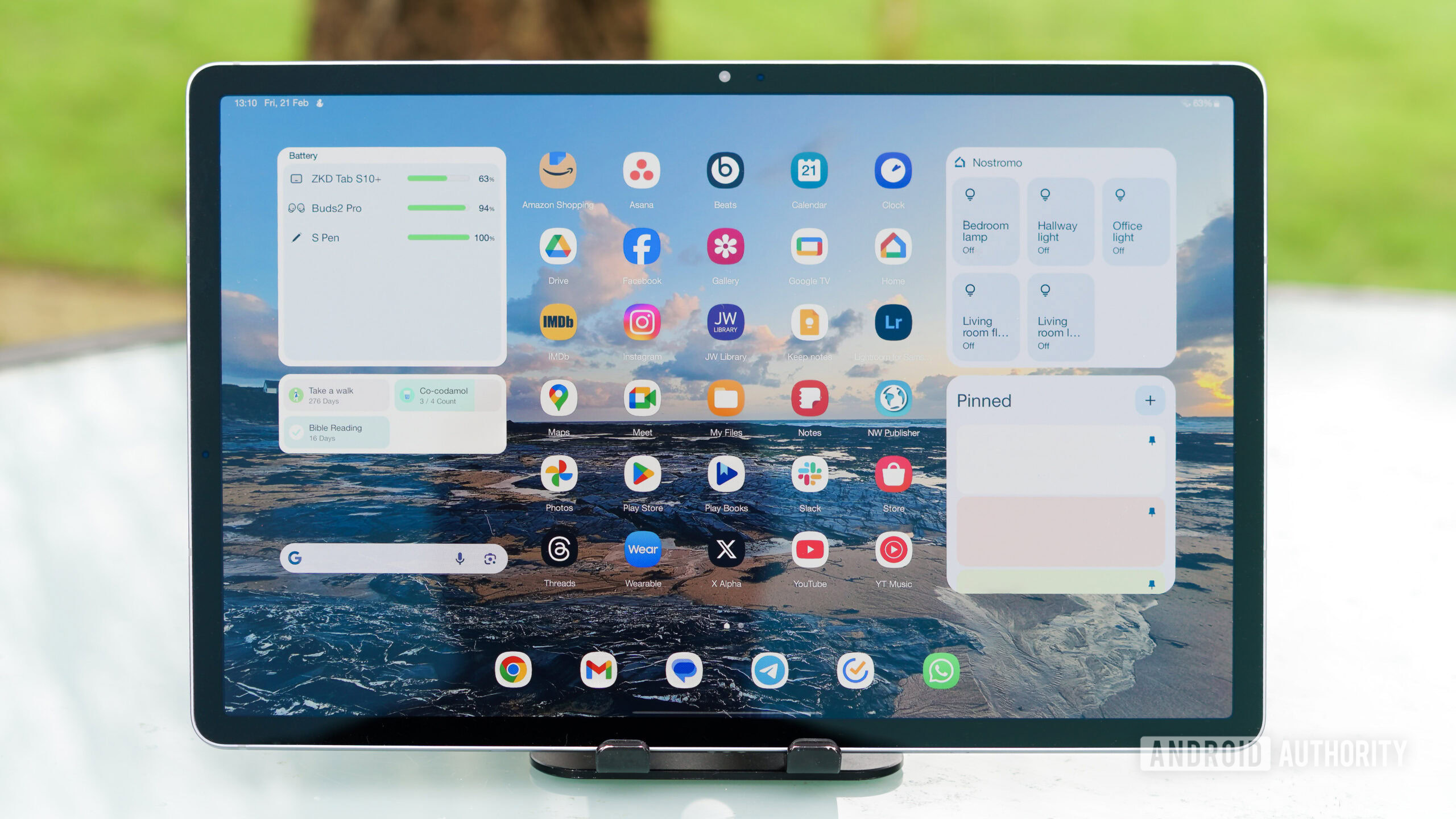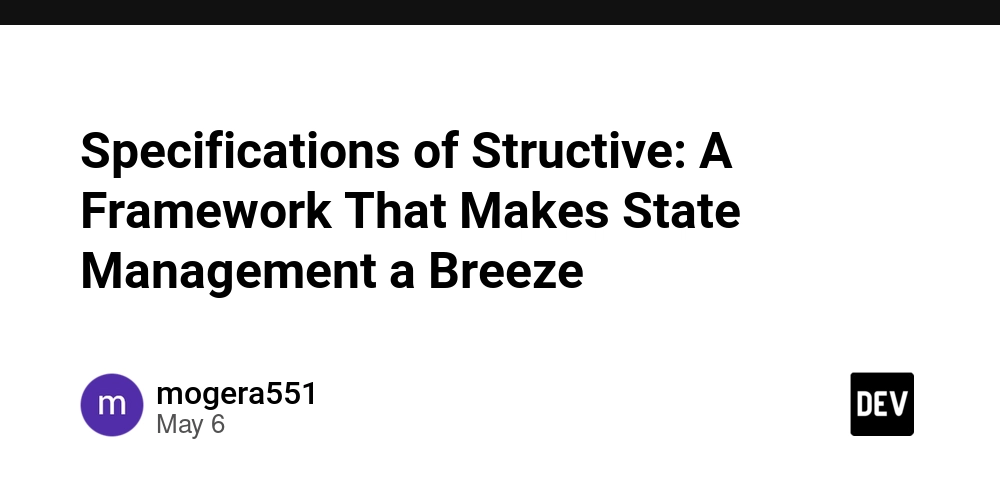What is CTEM?
Continuous Threat Exposure Management (CTEM) is a proactive cybersecurity strategy designed to help organizations continuously identify, evaluate, and mitigate threats. First introduced by Gartner in 2022, CTEM shifts away from traditional, periodic assessments and instead emphasizes ongoing monitoring and real-time response. As digital infrastructures become increasingly complex with the addition of new technologies, users, and connections, CTEM ensures constant visibility and control over potential security gaps. This modern approach enables businesses to stay ahead of evolving threats by continuously adjusting their defenses. CTEM vs. Traditional Vulnerability Management Unlike traditional vulnerability management, which typically involves scheduled scans conducted monthly or quarterly, CTEM emphasizes continuous assessment. These traditional methods often leave dangerous gaps between scans, during which critical vulnerabilities can go undetected and exploited. CTEM closes this gap by continuously scanning the environment, identifying issues the moment they appear, and enabling immediate remediation. For instance, if a security flaw appears in a payment gateway, CTEM tools can detect it in real time and help mitigate the risk before exploitation occurs. Additionally, CTEM detects behavioral anomalies, helping to identify insider threats and misconfigurations early, thus strengthening overall security posture. The Five Core Phases of CTEM CTEM functions through five ongoing, interconnected phases. The first is Scoping, where all digital assets—ranging from cloud services to internal applications—are identified and mapped. Next is Discovery, where each component of the IT environment is thoroughly examined to uncover vulnerabilities, both known and unknown. Prioritization follows, where threats are ranked based on their likelihood and potential impact, ensuring that the most urgent issues receive immediate attention. In the Validation phase, simulated attacks and testing are carried out to assess whether vulnerabilities can be exploited and how resilient existing defenses are. Finally, Mobilization involves deploying fixes, coordinating response efforts, and embedding security actions into day-to-day workflows. Together, these phases form a continuous cycle that adapts and evolves with the threat landscape. Key Benefits of CTEM CTEM provides a wide range of strategic benefits. It enables proactive risk management by identifying and mitigating vulnerabilities before they can be exploited. With real-time detection, organizations can address threats as they emerge, not after damage is done. The approach improves efficiency by focusing resources on the most critical risks through intelligent prioritization. CTEM also enhances risk visibility by providing leadership with real-time, actionable insights into the organization's exposure. Over time, this can lead to significant cost savings by preventing breaches and reducing downtime. Additionally, the continuous monitoring and reporting simplify regulatory compliance efforts, making it easier to meet evolving standards. By encouraging collaboration across departments and embedding security into everyday processes, CTEM also promotes a stronger internal security culture. Incident response becomes faster and more coordinated, and decisions are driven by accurate, up-to-date threat intelligence. Final Words As cyber threats grow more sophisticated, organizations can no longer rely on reactive security practices. According to Gartner, companies that adopt CTEM by 2026 will be three times less likely to experience a data breach. In a digital world that demands constant vigilance, CTEM provides the agility, awareness, and protection modern businesses need. By adopting this approach now, companies can stay one step ahead of attackers and build long-term resilience into their cybersecurity frameworks.

Continuous Threat Exposure Management (CTEM) is a proactive cybersecurity strategy designed to help organizations continuously identify, evaluate, and mitigate threats. First introduced by Gartner in 2022, CTEM shifts away from traditional, periodic assessments and instead emphasizes ongoing monitoring and real-time response. As digital infrastructures become increasingly complex with the addition of new technologies, users, and connections, CTEM ensures constant visibility and control over potential security gaps. This modern approach enables businesses to stay ahead of evolving threats by continuously adjusting their defenses.
CTEM vs. Traditional Vulnerability Management
Unlike traditional vulnerability management, which typically involves scheduled scans conducted monthly or quarterly, CTEM emphasizes continuous assessment. These traditional methods often leave dangerous gaps between scans, during which critical vulnerabilities can go undetected and exploited. CTEM closes this gap by continuously scanning the environment, identifying issues the moment they appear, and enabling immediate remediation.
For instance, if a security flaw appears in a payment gateway, CTEM tools can detect it in real time and help mitigate the risk before exploitation occurs. Additionally, CTEM detects behavioral anomalies, helping to identify insider threats and misconfigurations early, thus strengthening overall security posture.
The Five Core Phases of CTEM
CTEM functions through five ongoing, interconnected phases. The first is Scoping, where all digital assets—ranging from cloud services to internal applications—are identified and mapped. Next is Discovery, where each component of the IT environment is thoroughly examined to uncover vulnerabilities, both known and unknown. Prioritization follows, where threats are ranked based on their likelihood and potential impact, ensuring that the most urgent issues receive immediate attention.
In the Validation phase, simulated attacks and testing are carried out to assess whether vulnerabilities can be exploited and how resilient existing defenses are. Finally, Mobilization involves deploying fixes, coordinating response efforts, and embedding security actions into day-to-day workflows. Together, these phases form a continuous cycle that adapts and evolves with the threat landscape.
Key Benefits of CTEM
CTEM provides a wide range of strategic benefits. It enables proactive risk management by identifying and mitigating vulnerabilities before they can be exploited. With real-time detection, organizations can address threats as they emerge, not after damage is done.
The approach improves efficiency by focusing resources on the most critical risks through intelligent prioritization. CTEM also enhances risk visibility by providing leadership with real-time, actionable insights into the organization's exposure. Over time, this can lead to significant cost savings by preventing breaches and reducing downtime.
Additionally, the continuous monitoring and reporting simplify regulatory compliance efforts, making it easier to meet evolving standards. By encouraging collaboration across departments and embedding security into everyday processes, CTEM also promotes a stronger internal security culture. Incident response becomes faster and more coordinated, and decisions are driven by accurate, up-to-date threat intelligence.
Final Words
As cyber threats grow more sophisticated, organizations can no longer rely on reactive security practices. According to Gartner, companies that adopt CTEM by 2026 will be three times less likely to experience a data breach. In a digital world that demands constant vigilance, CTEM provides the agility, awareness, and protection modern businesses need. By adopting this approach now, companies can stay one step ahead of attackers and build long-term resilience into their cybersecurity frameworks.








































































![Sony WH-1000XM6 Unveiled With Smarter Noise Canceling and Studio-Tuned Sound [Video]](https://www.iclarified.com/images/news/97341/97341/97341-640.jpg)


![Trump Tells Cook to Stop Building iPhones in India and Build in the U.S. Instead [Video]](https://www.iclarified.com/images/news/97329/97329/97329-640.jpg)










































































































































































































































![[The AI Show Episode 147]: OpenAI Abandons For-Profit Plan, AI College Cheating Epidemic, Apple Says AI Will Replace Search Engines & HubSpot’s AI-First Scorecard](https://www.marketingaiinstitute.com/hubfs/ep%20147%20cover.png)
























![How to Enable Remote Access on Windows 10 [Allow RDP]](https://bigdataanalyticsnews.com/wp-content/uploads/2025/05/remote-access-windows.jpg)




















































































































































































![Artist Shocked To Find Her Poster Designs From 2017 In Bungie's Marathon: 'A Major Company Has Deemed It Easier To Pay A Designer To Imitate Or Steal My Work Than To Write Me An Email' [Update]](https://i.kinja-img.com/image/upload/c_fill,h_675,pg_1,q_80,w_1200/4ce7afff77473c3cccca9cc349c42790.jpg)
















































